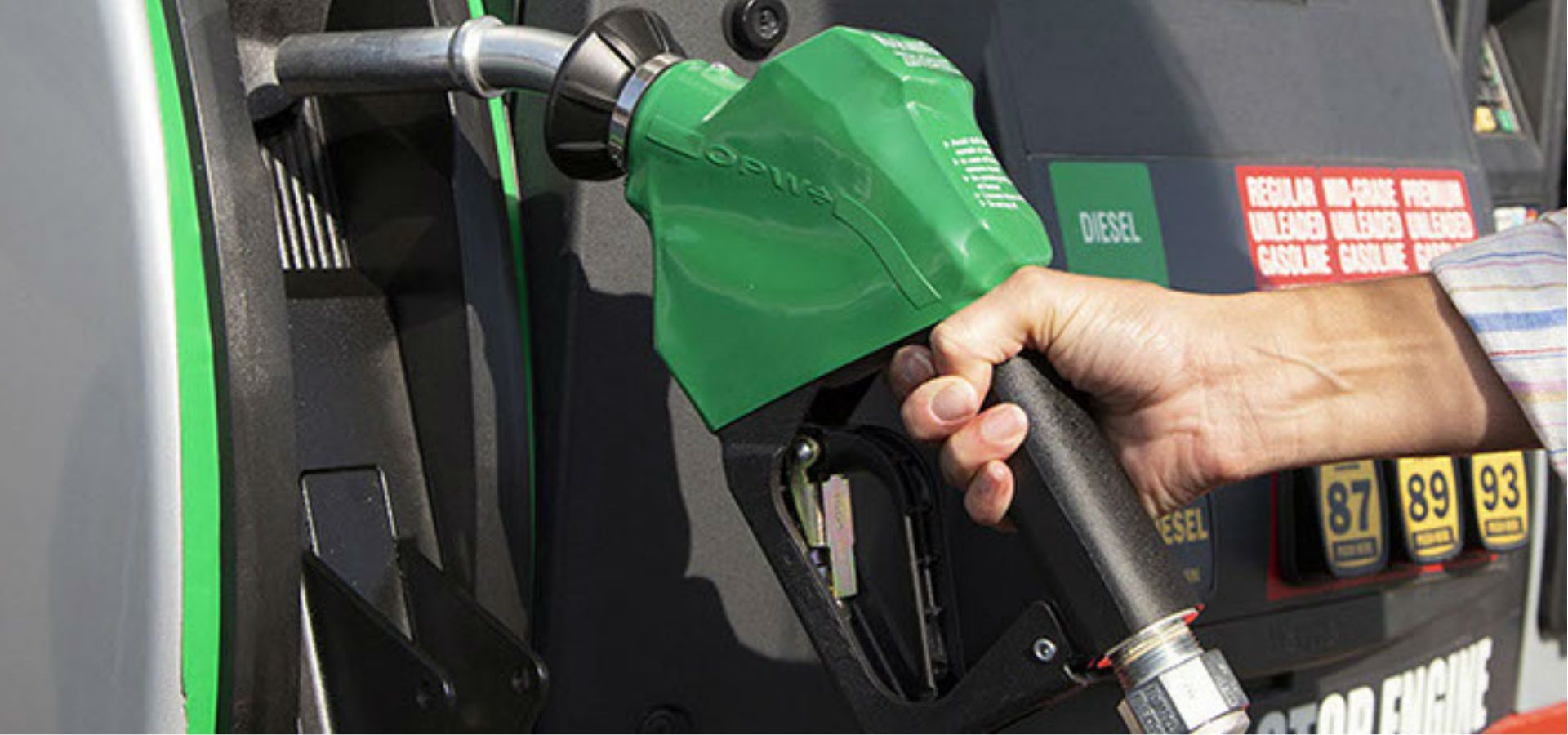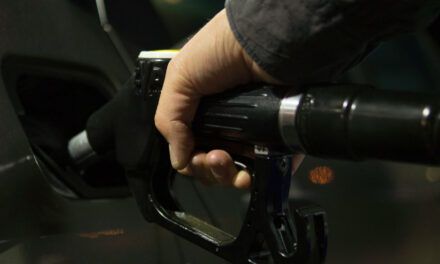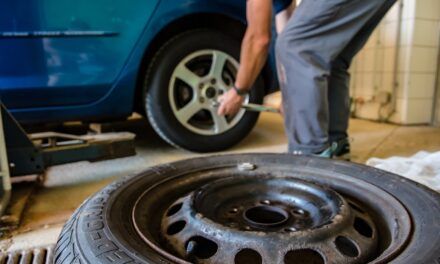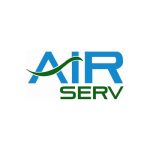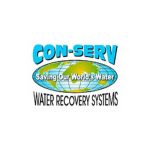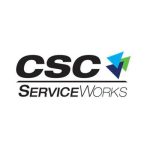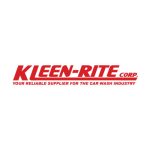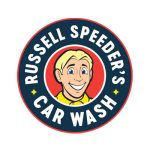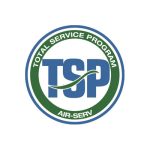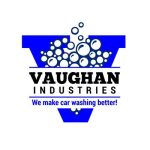
The Benefits of Being Proactive When Selecting Fuel-Storage Equipment

For owners and operators of retail-fueling locations, the line between being proactive and reactive can get a little blurry, especially as it pertains to the installation and care of the components in an underground fuel-storage and dispensing system.
That’s because the majority of the components in an underground system are just that – underground. So, if a retail-fuel site has been in operation for any number of years, it may be 10, 15, 20 or more years since that equipment has been inspected by human eyes.
Sure, if there are no outward signs of product leaks or water intrusion, it probably means the system is still working properly, even if it was installed at the turn of the 21st century. But while the equipment is the same, the world around it has changed, in three very important ways for fuel-site operators:
1. Underground-storage system equipment has continued to evolve, becoming more advanced, reliable, safe and cost effective. Think of it like this: When you buy a new computer, you don’t buy a 10-year-old model, you buy the latest technology. The same mindset should be applied when buying storage-system components.
2. The motor-fuel menu has expanded well beyond regular and unleaded gasoline and diesel fuel over the past two decades. Today’s reformulated gasoline and diesel, along with the growing array of alternative fuels, may not be compatible with storage-system components that are 20 years old.
3. New and refined federal, state and municipal regulations that are aimed at improving the safety of fuel-storage systems may mean that the components at the retail-fueling site are now out of code, making the operator susceptible to fines or, in the worst-case scenario, shutdown.
The “Pros” Of Being Proactive
Simply put, we are of the mindset that it is much better to be proactive when it comes to your underground fuel-system equipment. Specifically, upgrading your system by replacing old equipment and installing the current platform of equipment that is available today is the way to go. This means avoiding dated equipment specs that may be cheaper to purchase, but may also, in the long run, contribute to unnecessary delays or disruptions to your business, which can have a negative effect on your reputation and relationship with your client base.
We live in a wonderful time where the capabilities of storage-system equipment are so much more advanced than they were in the 1990s. Today’s components are more feature-rich than past iterations, while also having a lower total cost of ownership. For example, the evolution of storage-system piping has reached a point that if you’re installing piping that needs a secondary jacket to be trimmed, glued or welded with joints directly buried in the ground, or it’s not conduit-less (usually because that alternative is cheaper) you may end up wasting time and money in the long run.
Look at it this way: retail-fueling companies invest so much money in their overall networks, it should behoove them to invest in the best technology. In other words, if a site costs $2 million to construct, spending another $500 on a better tank sump or a conduit-less tank sump shouldn’t be a deal-breaker.
When all is said and done, the true beneficiaries of fueling sites with operators who are proactive in the outfitting, operation and maintenance of their fuel-storage systems are their customers. More than anything, consistently delivering a positive customer experience is what will make a retail-fueling business successful. Drivers don’t just fill up their tanks for the sake of filling up their tanks, they do so in order to keep their vehicle operating as they go about their busy days. If the site is down because of a leak or equipment breakdown, or the fuel flow is slow because of a malfunctioning pump, the odds increase that the driver won’t return to the site.
In the end, customers are looking for convenience when filling up their vehicles and strive to realize some level of immediate gratification syndrome during the transaction. If the fueling site is open, the pumps are clean and the fuel flows freely, it enables them to get in and out quickly and increases the likelihood that they’ll be back.
OPW Retail Fueling, Smithfield, NC, USA, has built a reputation as a leader in the design and manufacture of systems and components for use at retail-fueling sites. While OPW has created many standard-setting fuel-storage products over the years, it is also looking at ways to advance storage-system performance, either through upgrades of existing products or the development of new ones.
These advances are manifested in OPW’s Watertight Wonders family of tank sumps (featuring both conventional and no-drill technology), double-wall spill containers, conduit-less dispenser sumps and turbine enclosures, and rigid entry fittings (REF) or hybrid entry fittings (HEF) for use in installations where conduit-less construction is not an option. OPW has also made notable advances in the creation of underground components that can be reached, repaired and replaced with no need for the expensive and time-consuming breaking of forecourt concrete. These advances include flexible piping systems, testable overfill-prevention valves and emergency shut-off valves.
Conclusion
By being proactive in the care and upgrade of their fuel-storage systems, fuel-site retailers will be doing both themselves and their customers a great service. Getting ahead of any potential problems is a much better way to run a business than reacting to breakdowns after they occur, which can end up being more costly in the long run.
In future articles, we will present a more in-depth exploration of the components and systems that can be upgraded as a way to proactively modernize”and optimize the performance of your site’s fuel-storage and dispensing system, with no need to break concrete, disrupt normal operations or experience harmful downtime.
Ed Kammerer is the director of global product management for OPW, based in Cincinnati, OH, USA. He can be reached at ed.kammerer@opwglobal.com. For more information on OPW, go to opwglobal.com.






